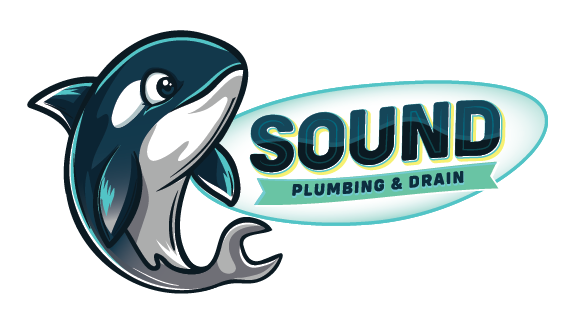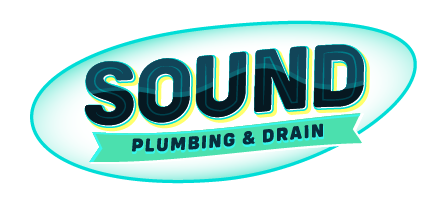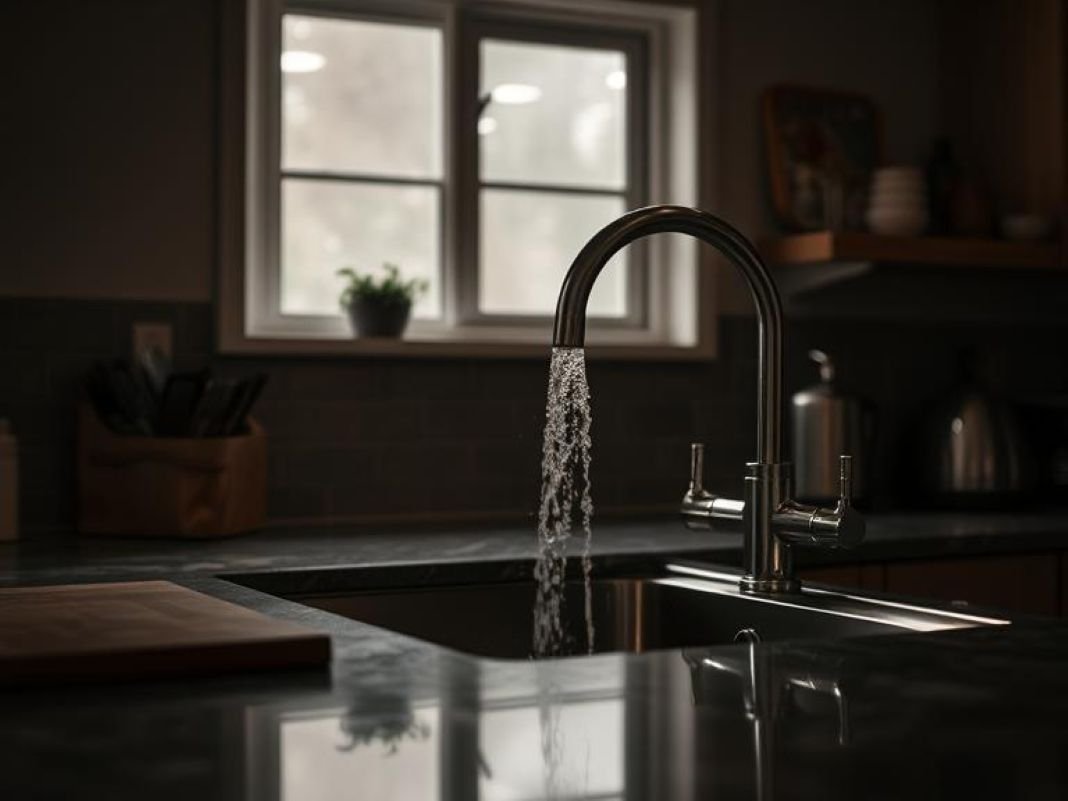What Does a Pressure Reducing Valve Do?
A pressure reducing valve (PRV) is a device installed on the main water supply line to regulate and reduce incoming water pressure to a safe level. By plumbing code, household water pressure should not exceed 80 PSI. If the pressure is too high, it can damage pipes, fixtures, and appliances which is similar to how high blood pressure affects the human body.
A PRV helps:
- Prevent leaks, pipe bursts, and fixture damage caused by excessive pressure
- Reduce water hammer and noisy pipes that rattle when water is running
- Increase the lifespan of water heaters, faucets, and appliances
If a home has high water pressure, installing a PRV is the best way to protect the plumbing system and prevent costly repairs.
Here's What We Have Covered In This Article
Why Does Water Pressure Need to Be Below 80 PSI?
Most plumbing fixtures and appliances are designed to handle a maximum of 80 PSI. Anything higher puts excessive strain on:
- Pipes and fittings – High pressure can cause pipe joints to loosen or burst, leading to water damage.
- Water heaters – Excessive pressure increases the risk of tank expansion, leaks, or even explosions.
- Faucets and showerheads – Constant high pressure wears out seals and washers, causing drips and leaks.
- Dishwashers and washing machines – These appliances rely on controlled water flow and can fail prematurely under excessive pressure.
If you experience rattling pipes, banging sounds (water hammer), or frequent leaks, high pressure may be the cause. Installing a pressure reducing valve ensures safe, consistent water flow throughout the home.
How Do Pressure Reducing Valves Work?
A PRV is installed where the main water supply enters the home. Inside the valve, a spring-loaded diaphragm automatically adjusts to reduce the incoming pressure to a safe level, typically between 40 and 60 PSI.
Key Components of a PRV
- Diaphragm and spring – Controls the pressure reduction based on water demand.
- Adjustment screw – Allows homeowners or plumbers to fine-tune the pressure setting.
- Bypass mechanism – Helps relieve excess pressure during water surges.
Once installed, the PRV automatically regulates water pressure without requiring frequent adjustments.
How to Tell If You Need a Pressure Reducing Valve
Not all homes need a PRV, but if you notice these warning signs, high water pressure may be a problem:
✔ Loud banging noises or vibrating pipes when water is running
✔ Leaky faucets and fixtures that wear out quickly
✔ Toilet fill valves failing frequently
✔ Sudden pressure surges when turning on taps
✔ Water heater leaks or expansion issues
If you’re unsure, a simple pressure test can confirm whether a PRV is necessary.
How to Test Your Home’s Water Pressure
1. Use a Water Pressure Gauge
- Attach a pressure gauge to an outdoor hose bib or washing machine hookup.
- Turn the water on fully and check the reading.
2. Look for Pressure Over 80 PSI
- If the gauge reads above 80 PSI, a pressure reducing valve is required by code.
- Ideal home water pressure is between 40 and 60 PSI.
3. Monitor Pressure Changes
- If pressure fluctuates throughout the day, it could indicate municipal supply surges, making a PRV necessary.
If your pressure is too high, installing a PRV can prevent long-term plumbing damage.
Why an Expansion Tank Is Required with a PRV
When a pressure reducing valve is installed, plumbing codes also require a thermal expansion tank on the water heater.
What Does an Expansion Tank Do?
- Prevents thermal expansion, which occurs when water heats up and expands inside a closed system.
- Absorbs excess pressure, preventing damage to the water heater, pipes, and fixtures.
Without an expansion tank, the extra pressure from heated water has nowhere to go, increasing the risk of leaks, tank damage, or safety valve failure.
If your home has a PRV but no expansion tank, it’s important to install one to comply with plumbing codes and protect your water heater.





